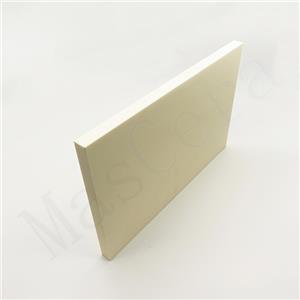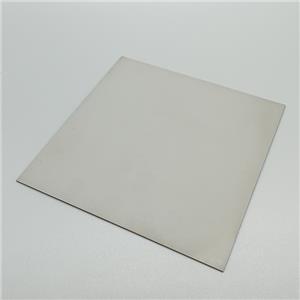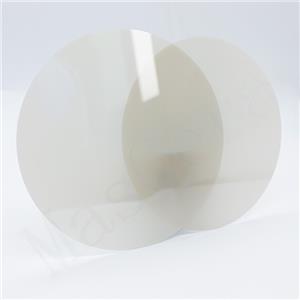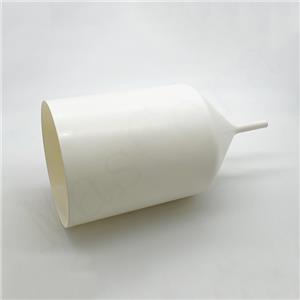Why is a boron nitride ceramic crucible suitable for sintering silicon nitride and aluminum nitride substrates
Crucible is a container or vessel commonly used in high-temperature sintering and melting processes. It is typically made of high-temperature resistant materials such as ceramics, metals, and graphite. The main function of a crucible is to contain and hold materials at high temperatures for sintering, melting, or other heat treatment processes. The selection of a crucible material and size is crucial, considering factors such as the sintering temperature, sample size, thermal expansion compatibility, wettability, and other specific application requirements.
In the sintering process of aluminum nitride (AlN) and silicon nitride (Si3N4) ceramic substrates, using boron nitride (BN) ceramic as a crucible offers several advantages:
1.High-temperature stability
The sintering process for AlN substrates requires temperatures up to 2000°C, while Si₃N₄ substrates are sintered at around 1850°C. These high temperatures demand crucibles with excellent thermal shock resistance and dimensional stability. A boron nitride ceramic crucible can withstand temperatures up to 2100°C, making it an ideal choice. Additionally, BN ceramics exhibit similar thermal expansion coefficients to aluminum nitride substrates and silicon nitride substrates, reducing thermal stress and improving process reliability.
2.Low wettability
A major benefit of using a boron nitride ceramic crucible is its low wettability. This property prevents molten materials from spreading extensively across the crucible surface. Instead, the materials tend to form small spherical shapes, minimizing adhesion between the silicon nitride substrate or aluminum nitride substrate and the crucible. This results in an easier release process after sintering and reduces contamination risks.
3.Excellent Chemical Stability
BN ceramics exhibit high chemical stability and do not react with AlN substrates, Si₃N₄ substrates, or other high-purity materials. This ensures that the boron nitride ceramic crucible does not introduce impurities or alter the composition of the sintered materials. Using a BN ceramic crucible maintains the integrity of ceramic substrates, ensuring high-purity and reliable sintering results.
4.Superior Thermal Conductivity for Uniform Sintering
A boron nitride ceramic crucible provides high thermal conductivity, allowing for efficient heat transfer during the sintering process. This ensures uniform heating, reducing temperature gradients that could cause inconsistencies in ceramic substrates. The result is improved density, structure, and dimensional precision in silicon nitride substrates and aluminum nitride substrates, enhancing their electrical performance, mechanical durability, and structural reliability.
Conclusion
Compared to other crucible materials, a boron nitride ceramic crucible offers unmatched benefits for the sintering of aluminum nitride substrates and silicon nitride substrates. Its low wettability, chemical stability, high-temperature resistance, and superior thermal conductivity make it the preferred choice for manufacturers seeking a clean, efficient, and high-quality sintering process.
By utilizing boron nitride ceramic crucibles, industries can achieve optimal sintering conditions, ensuring that ceramic substrates maintain their desired properties and performance.




